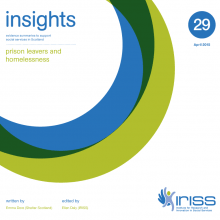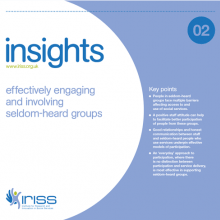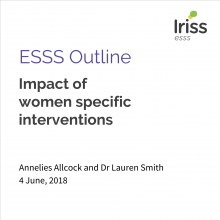What is homelessness?
‘Homelessness is about more than rooflessness. A home is not just a physical space, it also has a legal and social dimension. A home provides roots, identity, a sense of belonging and a place of emotional wellbeing. Homelessness is about the loss of all of these. It is an isolating and destructive experience and homeless people are some of the most vulnerable and socially excluded in our society.’ (Crisis)
Homelessness is perceived in different ways. A person might be homeless if they are:
- Sleeping on the streets (sometimes referred to as ‘rooflessness’)
- Staying with friends or family (sometimes referred to as ‘sofa surfing’)
- Staying in a hostel or bed and breakfast hotel
- Living in overcrowded conditions
- At risk of violence in their home
- Living in poor conditions that affect their health
- Living in a house that is not suitable for them because they are sick or disabled
Who is at risk?
Homelessness does not discriminate and can affect anyone. Some groups are more at risk than others, for example: young people, older people, people with children, people with physical or mental health problems, people on benefits or low incomes, people leaving care, ex-armed forces personnel, ex-prisoners, asylum seekers and refugees.
In their research into poverty, homelessness and exclusion, Harding, Irving and Whowell (2011) describe two distinct pathways into homelessness:
- Lifelong pathway - affecting those who experienced a range of exclusionary forces from an early age, which contributed to their present day poverty and homelessness.
- Life events pathway - affecting those who appeared to have stable and happy lives as children, a pattern which continued into adulthood, until they were faced by traumatic life events, often accompanied by alcohol addiction.
What causes homelessness?
Literature on homelessness also acknowledges two types of causes of homelessness: structural and individual causes.
Structural issues include lack of affordable housing, poverty, unemployment / welfare dependency, ethnicity and changing family formation and fragmentation. Examples of individual causes include family disputes, physical and emotional abuse, institutionalisation / offending behaviour (care, prison, armed forces), drug or alcohol misuse, poor physical and mental health, lack of qualifications and skills, social networks and debt.
What does this mean for me?*
Dr Lígia Teixeira, Chief Executive of the Centre for Homelessness Impact
The coronavirus pandemic came at a time when homelessness remained stubbornly high in many parts of the country. 2020 can mark a definitive turning point. But only if we use the pandemic to step up the ambition to end rough sleeping and embrace the opportunity to tackle all forms of homelessness more effectively. ‘Business as usual’ would not be good enough post-pandemic.
There are reasons to be optimistic about the future, even if they may be hard to see now.
1. Coronavirus has brought us together. We’ve already witnessed the ascendance of altruism, compassion and generosity of spirit and action. When this ends, the public will be better able to see how we all benefit from a society without homelessness.
2. The government has taken action. A raft of emergency measures have been introduced to keep people housed and bring in those who are street homeless in face of the pandemic. Given this is playing out against a backdrop of pre-existing affordable housing and homelessness issues, ongoing action will be needed to avoid a surge in homelessness when the pandemic ends.
3. There is a new appreciation for data and evidence. The pandemic has highlighted the fact that existing data is not adequate to help respond to a situation like this. Investments in improving information systems should be considered as integral for strengthening our response at both national and local levels now and post-pandemic.
4. An opportunity to take stock and stop doing what doesn’t work. The pandemic has exposed shortcomings in the homelessness and health systems that provide an important opportunity to improve them.
5. The internet exists. This situation highlights the digital divide, the online haves and have-nots in society. The goal should be to figure out how the digital gap might be bridged once and for all.
There is a historic opportunity we cannot miss. And the deciding factor will not only be the level of money dedicated to this work, but the direction of the money. So let’s embrace the current crisis for what it is: a once-in-a-lifetime opportunity to end homelessness for good in the UK.
This piece is adapted with permission from the blog post We have a chance to redesign the homelessness system by Dr Lígia Teixeira.





